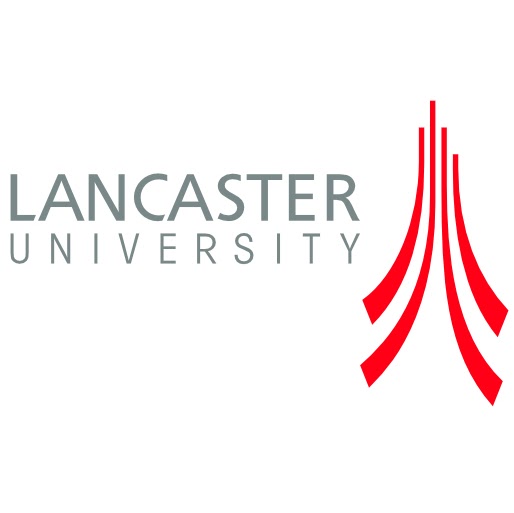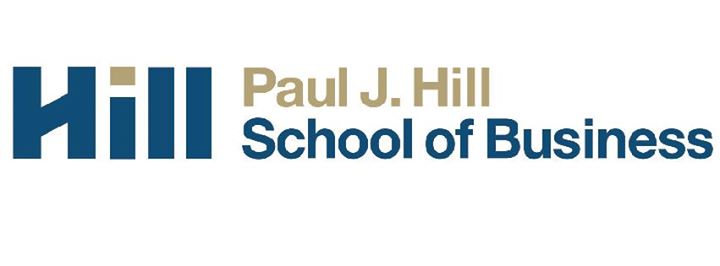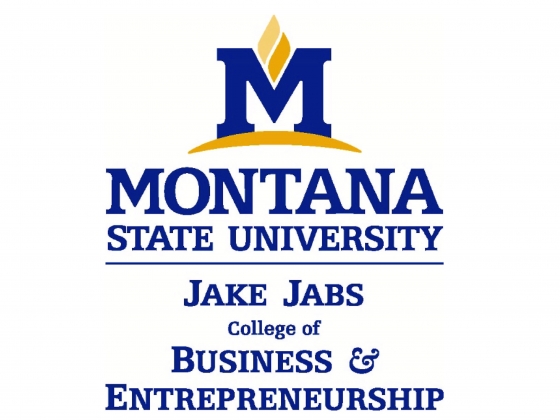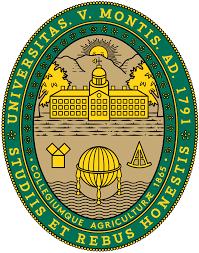Current Research
“The paradox of social impact measurement.” With Muñoz and Fox.
Abstract
Social impact measurement is considered an essential mechanism for the reducing inequality, under the banner of what gets measured gets managed. Yet social entrepreneurs continue to face persistent tensions when adopting impact measurement as a way to describe and express social outcomes. Using interview data and participant observation from 70 social entrepreneurs in Chile, we examine how actors engage in social impact and social measurement tasks. Our findings suggest that the fundamental structure of impact and measurement tasks differ, leading to three sets of conflicting forces when trying to enact impact (and) measurement as a singular phenomenon: temporal, causal, and symbolic opposites. Combined, these three findings form the paradox of social impact measurement. When practice attempts to bring social impact and measurement constructs close together they bounce back and break apart, causing confusion and frustration for those signaling social outcomes. This paper highlights that the more we try to measure social impact, the less we know whether social impact has been or can be achieved. The findings and theorizing in this paper contributes to scholarship in three ways.
“Can tax policy choice architecture motivate positive climate change actions?” With Rupert and Christensen.
Abstract
In proposing policies that positively address climate change, governments face the daunting task of gaining support from citizens who often have polarized views about climate change. Choice architecture theory (Thaler, Sunstein, & Balz, 2013) suggests that the context in which people make decisions and the specific information presented impacts individual decisions. Two important aspects of choice architect theory are frames and messages. In the present study, we examine whether designing a climate change tax policy using either a penalty or incentive frame, along with different messaging strategies (i.e., mechanistic, reasons-based, storytelling or no message related to climate change), impacts the effectiveness of the policy. To examine whether these aspects of choice architecture can impact the effectiveness of the policy, we use an on-line experiment with 347 participants recruited through MTurk. While we find that framing a tax provision as a penalty is less effective than framing it as an incentive, we find that the messaging moderates the impact of the frame. Penalty provisions are more effective when paired with a step-by-step explanation of how climate change will affect the earth (a mechanistic nudge) while incentive frames are more effective when paired with a personal climate change narrative (a storytelling nudge). In supplemental analysis, we further examine those participants with the most strongly polarized views about climate change, finding that political affiliation is the most distinguishing characteristics between the groups. Further, the groups differ in their trust in governments, view of the world, contempt for others, and willingness to compromise.
“Pulling back the curtain of environmental accountability: How boundaries shape environmental identities in the ski industry.” With Caton.
Abstract
This paper explores the important role boundaries play in back-office framing of environmental engagement. This is of particular interest because it is not clear how organizations in an industry without standardized environmental reporting navigate their boundaries behind the scenes and why they engage with the environment the way they do. This element of their environmental identity offers important insights into the emergence of sustainability reporting. Guided by Miles and Ringham (2019) and framing theory (Goffman, 1959, 1974), we conduct an ethnography of the Montana ski industry. Our ethnography includes extensive on-site observations at nine Montana ski areas and interviews with 16 ski area executives, two regulators, and a land development executive. We find three key boundaries – accountability structure, degree of regulatory burden, and impact measurement approach – that shape the back-office economic and environmental framing of ski executives. From these back-office frames we identify four front-office types or performances – community ecosystem, quantitative ownership, approval seeking, and advocacy platform – that represent the environmental engagement strategies at these resorts.
“Commensuration in the wine industry: How numbers work for climate change and biodiversity loss.” Muñoz and Kenneth Fox.
Abstract
We highlight the challenges of transparency, materiality, and quantification to biodiversity accounting through a near-historical examination of accounts and audit trails within a living processes eco-system. Historical analysis of one organization using multi-sited ethnographic (MSE) design, an in-depth observation-based method, involving several time deepening strategies, multiple observation points and data collectors. With this approach, we narrate a wine producer’s sustainability journey, including its biodynamic certification process, production process, and sustainability reporting. Over time, the certification process, and the reports supporting it, have emerged as a form of “non-counting”, exposing the limitations of the accounting system and audit trail to foster the biodiversity required for sustainable outcomes. The early accounts, and the evolution of reporting, as a “journey of accounts”, teaches that contemporary understanding of the entity is problematic and misguided. We learn that, to produce sustainable outcomes, nature must be put at the center of accounts, for which quantification is a secondary priority to the relationships therein. This suggests that what is material for sustainable outcomes cannot be made transparent within the current accounting model, nor by sustainability reports. Our results are theoretically generalizable, adding to the body of knowledge on biodiversity accounting and auditing, adding nuance to the understanding of materiality, and inherent conflict with impacts on biodiversity.
Thank you to the following organizations for their support of my research:










